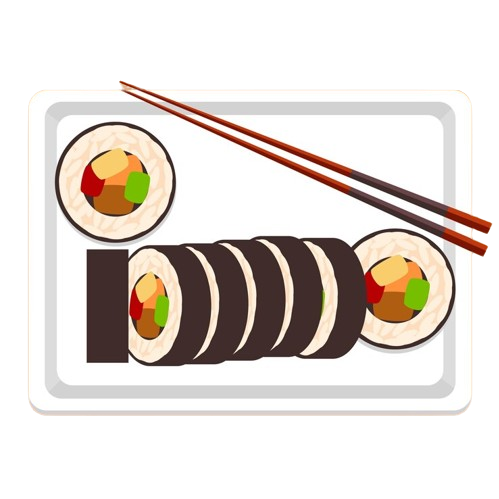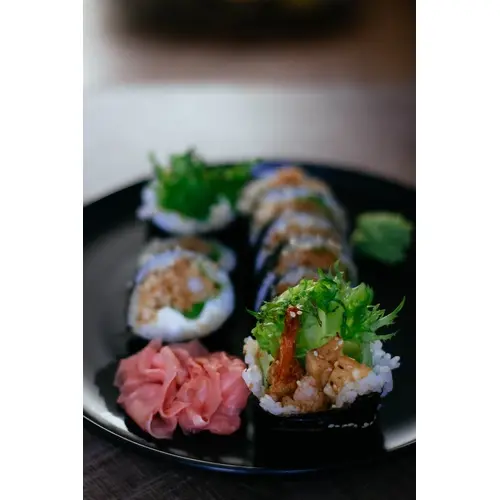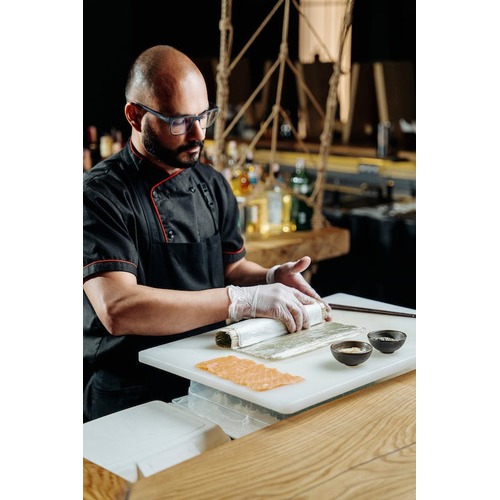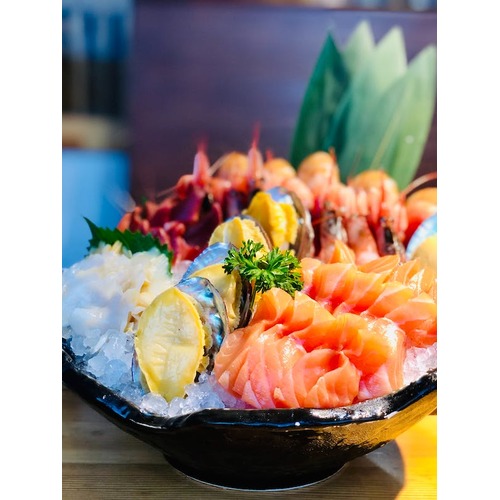Sashimi Varieties You Should Know
Sashimi (刺身) is raw fish that has been sliced into bite-sized pieces and is frequently available in Japanese stores. It is perhaps the greatest method to enjoy fresh seafood at home. Sashimi is often eaten raw with soy sauce and wasabi, with no cooking required! Many foreigners, however, have difficulty distinguishing between the many forms of sashimi, which is why we have put together a helpful guide to introduce you to 9 different types of sashimi that are extremely popular in Japan!
1. Tuna
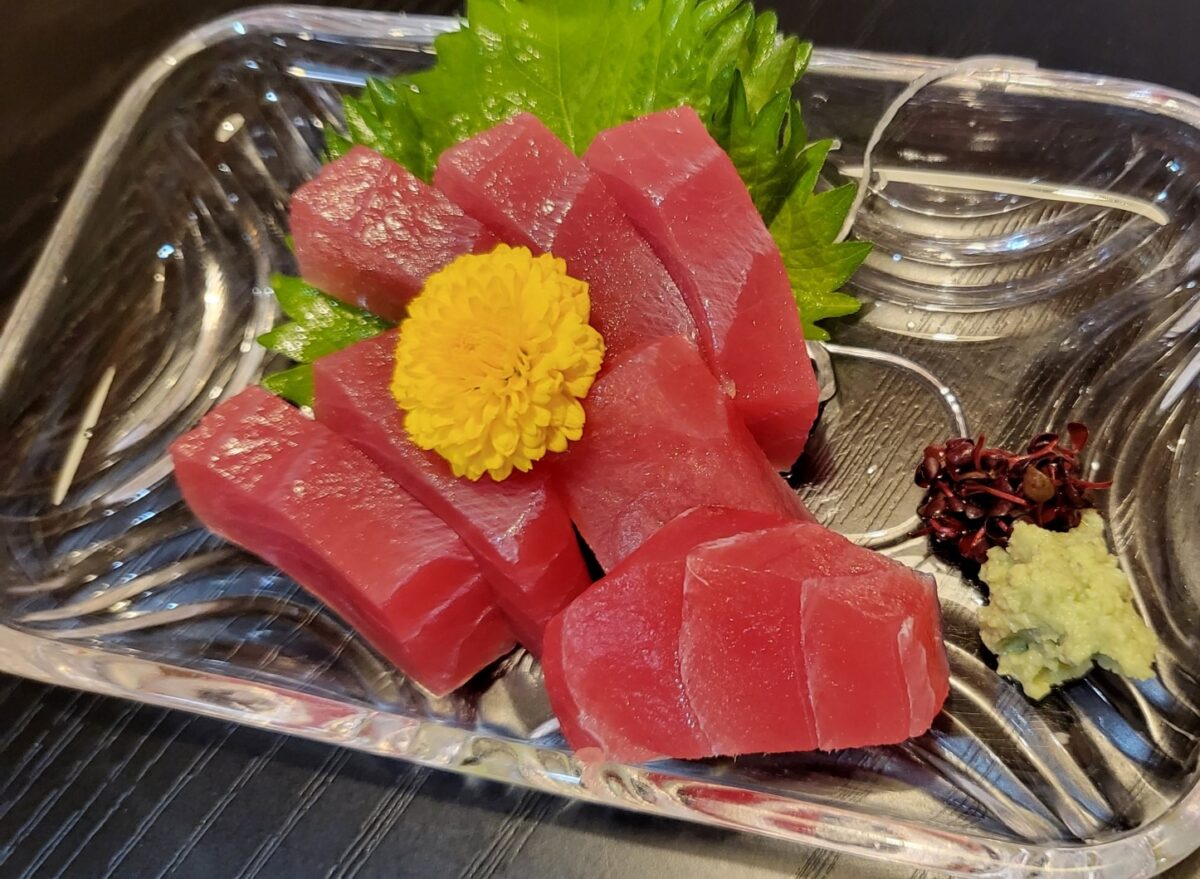
Tuna (called maguro まぐろ in Japanese) is one of the most popular fish for sashimi in Japan and is a good one to start with if you have never tried raw fish before. Tuna meat is red, but the exact colortone of maguro sashimi depends on which part of the body was used for the cut. For example, akami (赤身) is the most standard type of tuna sashimi which is taken from around the spine and the back of the fish. It has a vivid red color, and the price is typically cheap compared to other types of tuna cuts. Chūtoro (中トロ), on the other hand, is a pricier type of cut with a slightly pink color. It comes from the back of the tuna and contains more fat. Ōtoro (大トロ) refers to the fattiest and most expensive part of the tuna which is found around the belly. Ōtoro has a surprisingly tender texture which melts in your mouth! Don’t forget to try some fresh and delicious tuna sashimi on a fun Tokyo Fish Market Tour at Tsukiji!
2. Salmon
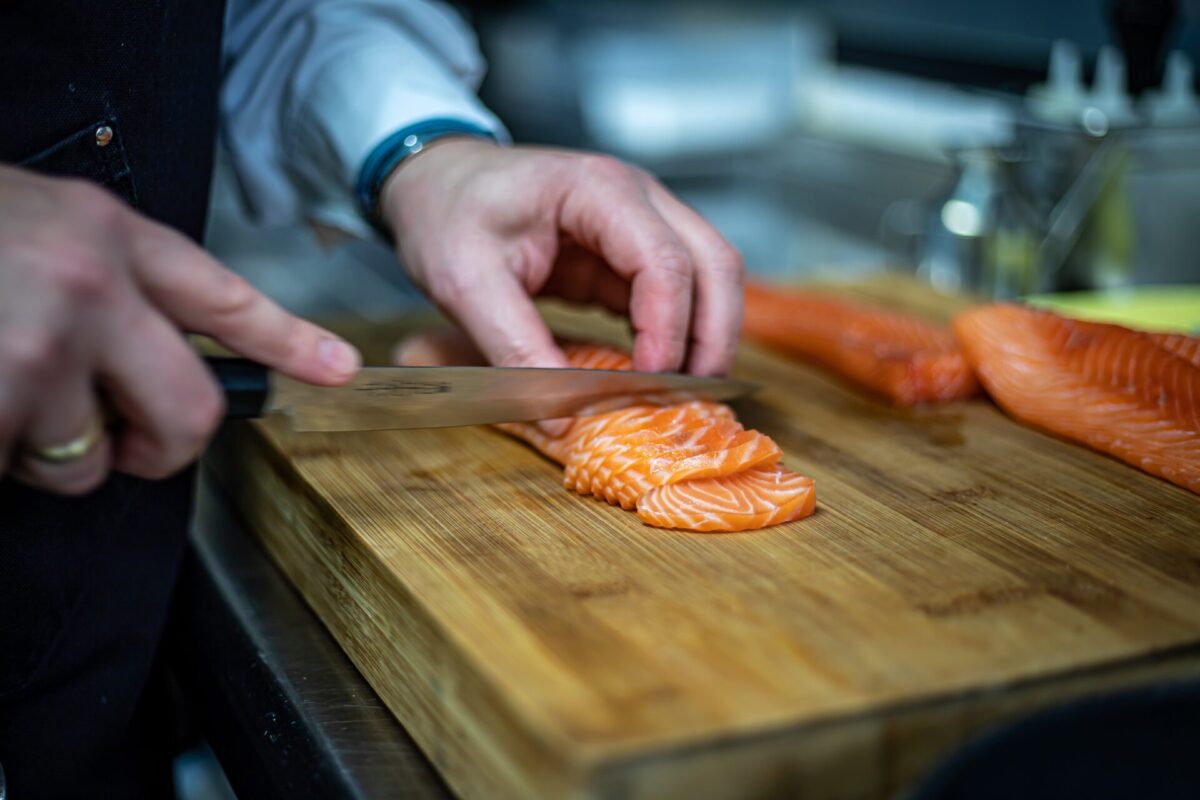
Salmon (サーモン) is another type of sashimi popular with Japanese of all ages. The color of salmon is generally light orange or light pink, and the texture is tender and juicy. Fresh salmon in season also has specks of white as it contains more fat, making the texture even softer. Salmon is typically reasonably priced and can easily be found at supermarkets in Japan. At sushi restaurants, salmon is cooked and served in a variety of ways, including raw, grilled, steamed and topped with tasty garnish. Although plain salmon sushi is a classic, it’s often served with a variety of modern toppings such as grilled cheese or slices of avocado with onion and mayonnaise. These toppings might sound a little bit weird at first, but give it a go!
3. Red Snapper
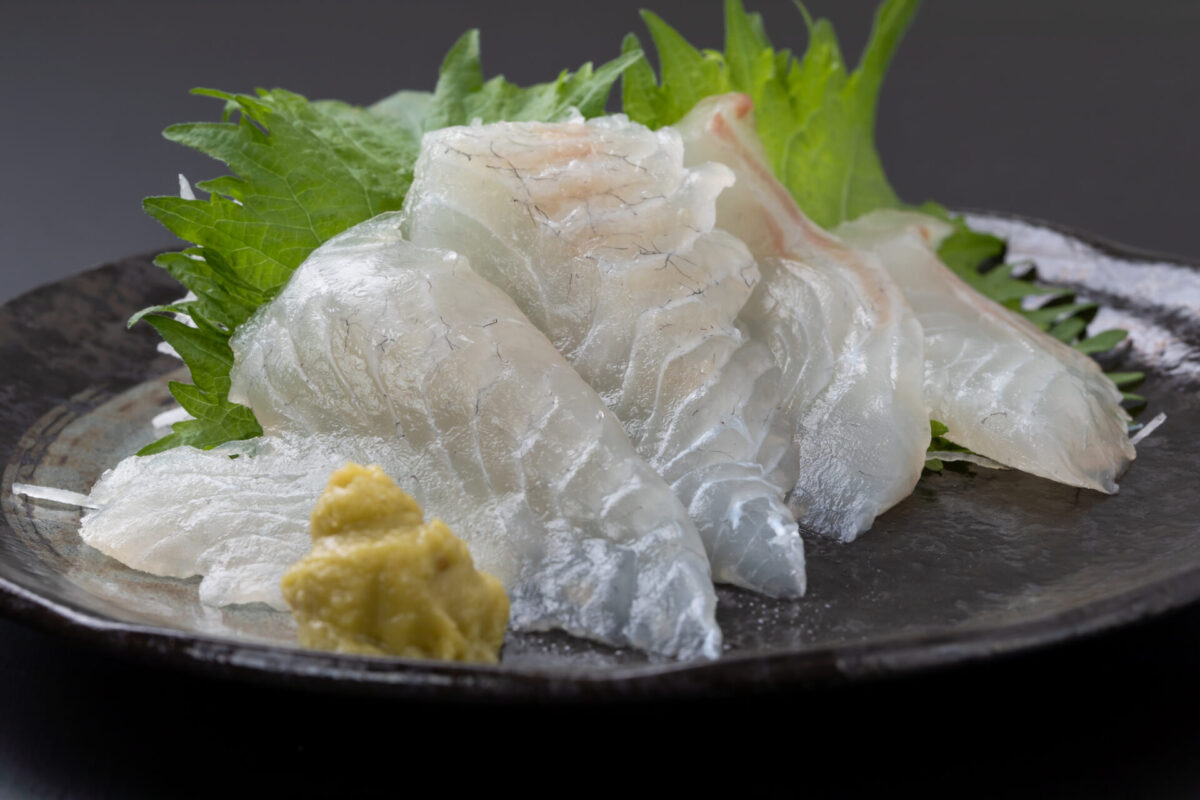
Red snapper is known as tai (タイ) in Japanese, and compared to other types of popular sashimi, red snapper is relatively expensive. Hence, it’s often used for traditional Japanese dishes served at high-end restaurants. If you want to try red snapper without breaking the bank, visit a casual sushi place, such as a conveyor belt restaurant, where you can eat fresh red snapper for around 100 yen. Red snapper has a firm texture and is typically white with some pink parts, and the flavor is delicate and slightly sweet.
4. Yellowtail
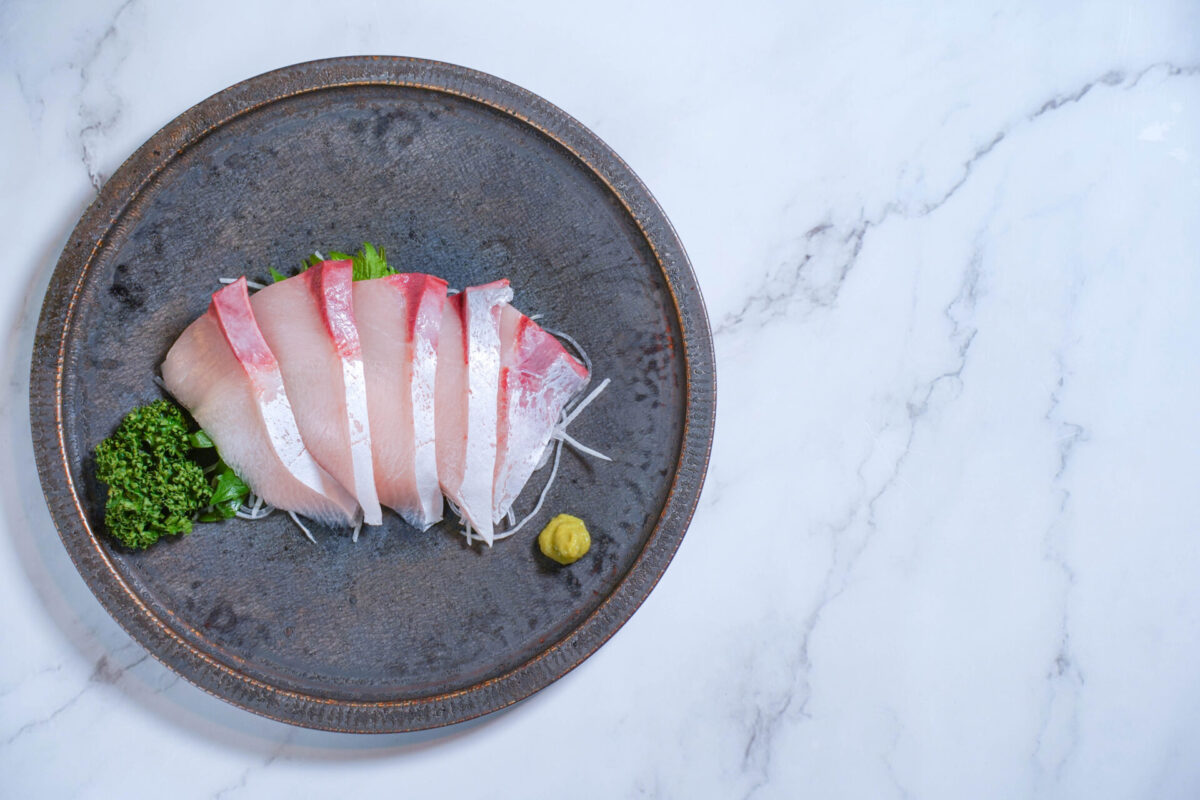
If you have tried the classic types of sashimi such as tuna and salmon and want to try something new, yellowtail would be a good choice for your next sashimi adventure. Yellowtail, also known as Japanese amberjack, is called buri (ブリ) in Japanese and is a very affordable fish which is popular to eat both as sashimi and sushi. Fresh yellowtails have a beautiful pink color with some red parts containing lots of vitamins, minerals and healthy fats. Some people find the taste of yellowtail a little bit fishy (especially when the fish is not fresh), so we recommend trying your first yellowtail at a good sushi place to make sure the fish is as fresh as it can get!
5. Squid
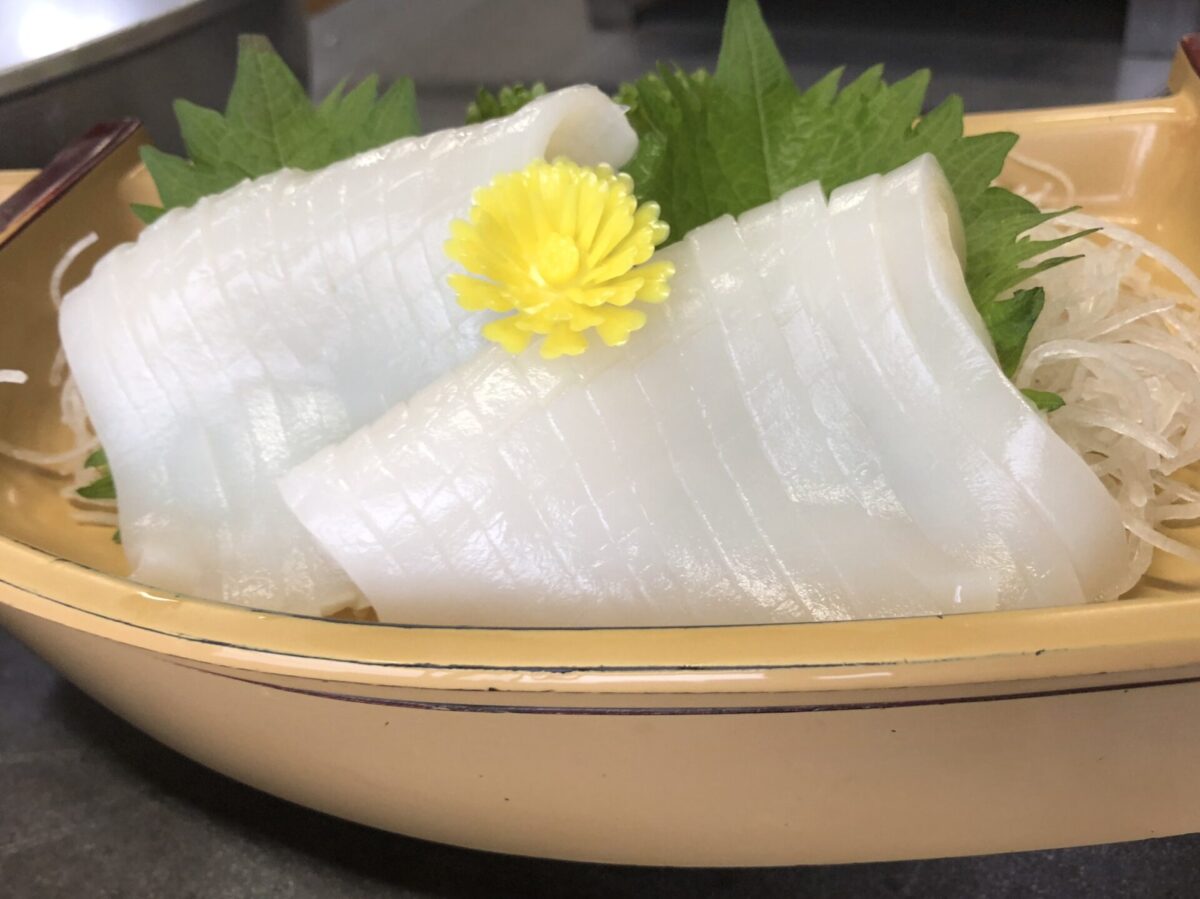
Did you know that not only fish but also other types of seafood are very popular as sashimi in Japan? While squid (ika イカ) is not commonly eaten in some western countries, in Japan it’s considered a healthy type of sashimi and hence very popular! Squid is relatively low in calories and contains plenty of minerals, taurine, DHA and other nutrients beneficial for human health. If you haven’t eaten raw squid before, it might take some time for you to get used to the unusually chewy texture. Octopus (tako タコ) is also popular and has a similar texture and taste when eaten raw. The octopus’ arms are particularly tasty after grilling and are favored by many people. If you don’t feel ready to try raw squid or octopus just yet, the grilled versions are a good place to start!
6. Sea Urchin
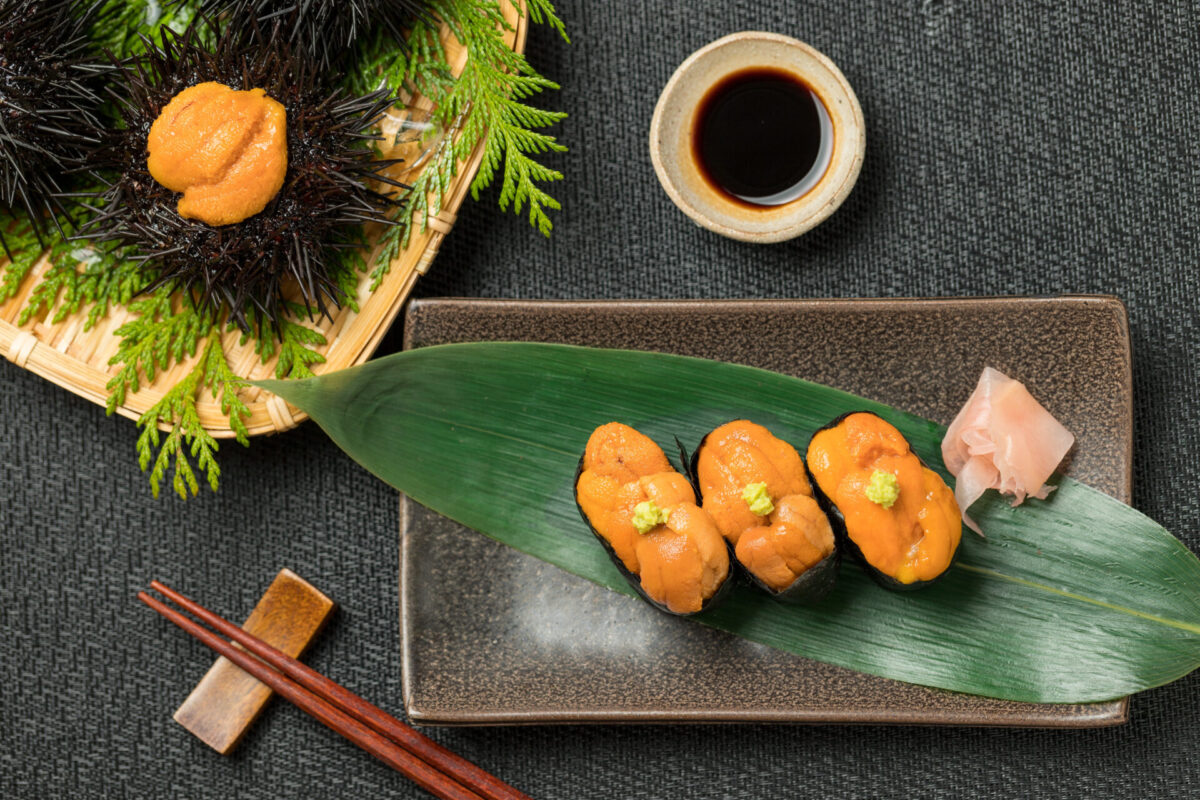
Sea urchin (uni うに in Japanese) is a marine creature which inhabits oceans around the world. Many people are aware that stepping on sea urchins when swimming can be both painful and dangerous, and in some countries sea urchins can only be seen when visiting an aquarium. Therefore it might surprise you that sea urchins are considered a delicacy across Japan! Sea urchins have a vivid orange color which is very recognisable and makes it easy to distinguish from other types of seafood. The flavor is extremely rich and creamy, similar to that of kani miso (crab innards). If you have never tried either of them, it might be hard to imagine what it tastes like. They are particularly popular among adults as the unique flavor usually doesn’t appeal to children. It can be hard to find sea urchins sold as sashimi at supermarkets, so the best way to try them is probably by visiting a sushi restaurant. At many sushi restaurants, sea urchins are typically served gunkan-maki style: a classic sushi type where rice and toppings are wrapped in a strip of dried black seaweed.
7. Mackerel
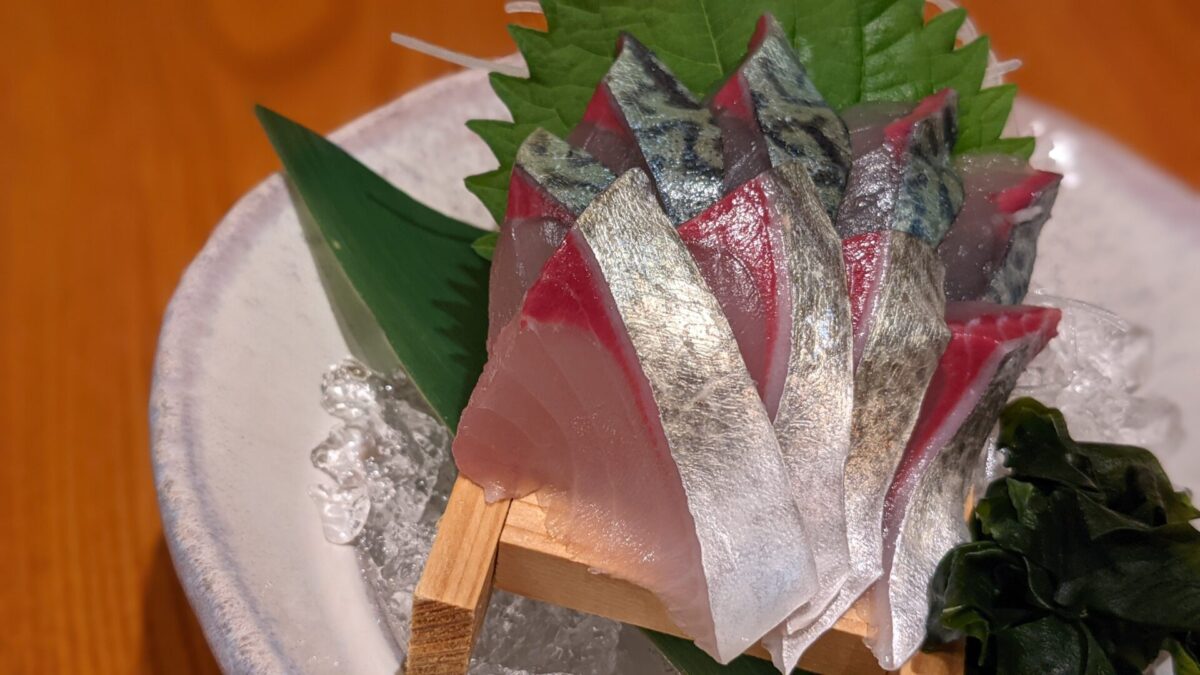
Mackerel, called saba (サバ) in Japanese, has a rich flavor which is sometimes described as fishy, but when the mackerel is very fresh you’ll rarely notice any fishiness at all. At Japanese restaurants, mackerel sashimi is often served with a small amount of grated ginger on top as it helps remove the fishy smell of mackerels naturally. Mackerel is delicious not only when served as sashimi, but also when grilled with a pinch of salt or simmered in miso (味噌), and it pairs perfectly with nihonshu. Sliced mackerel is white, and it’s generally served with the shiny silver skin left on one side. Therefore, unlike other white fish or red fish such as tuna and salmon, mackerel is usually easy to recognise at restaurants and supermarkets. Horse mackerel is a similar type of fish which is known as aji (アジ) in Japanese.
8. Bonito
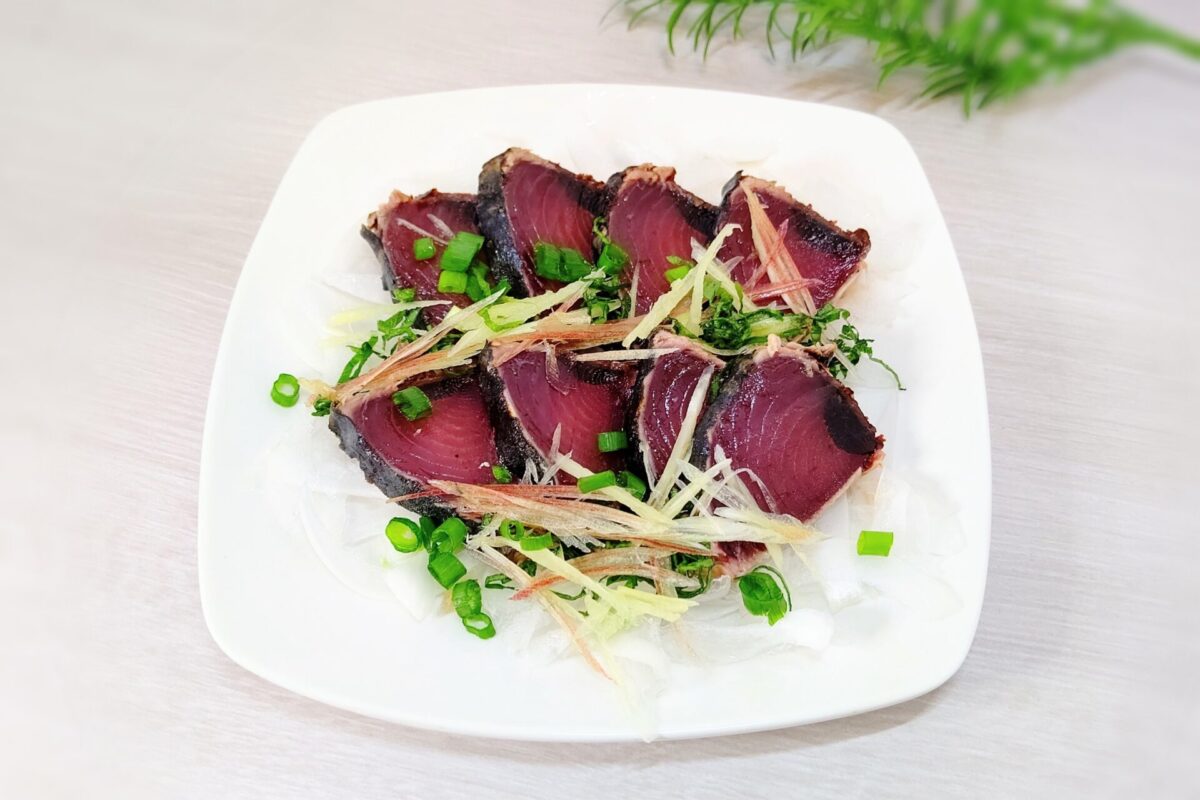
If you have ever traveled to Kochi Prefecture, you have probably tried katsuo tataki (seared bonito), a delicious Kochi specialty which has been around since the Edo period. When bonito is enjoyed as sashimi, some people find the flavor a bit too strong if they are not used to eating raw fish. Like mackerel, you can use ginger (grated garlic is also a popular alternative) as a topping to reduce the bonito’s strong flavor. The color of bonito is a vivid red, and tuna and bonito might be hard to tell apart at first. However, at sushi restaurants, tuna is usually served without toppings while bonito often comes with grated ginger and chopped green onions. Bonito is widely available as sashimi at supermarkets and is typically reasonably priced.
9. Scallops
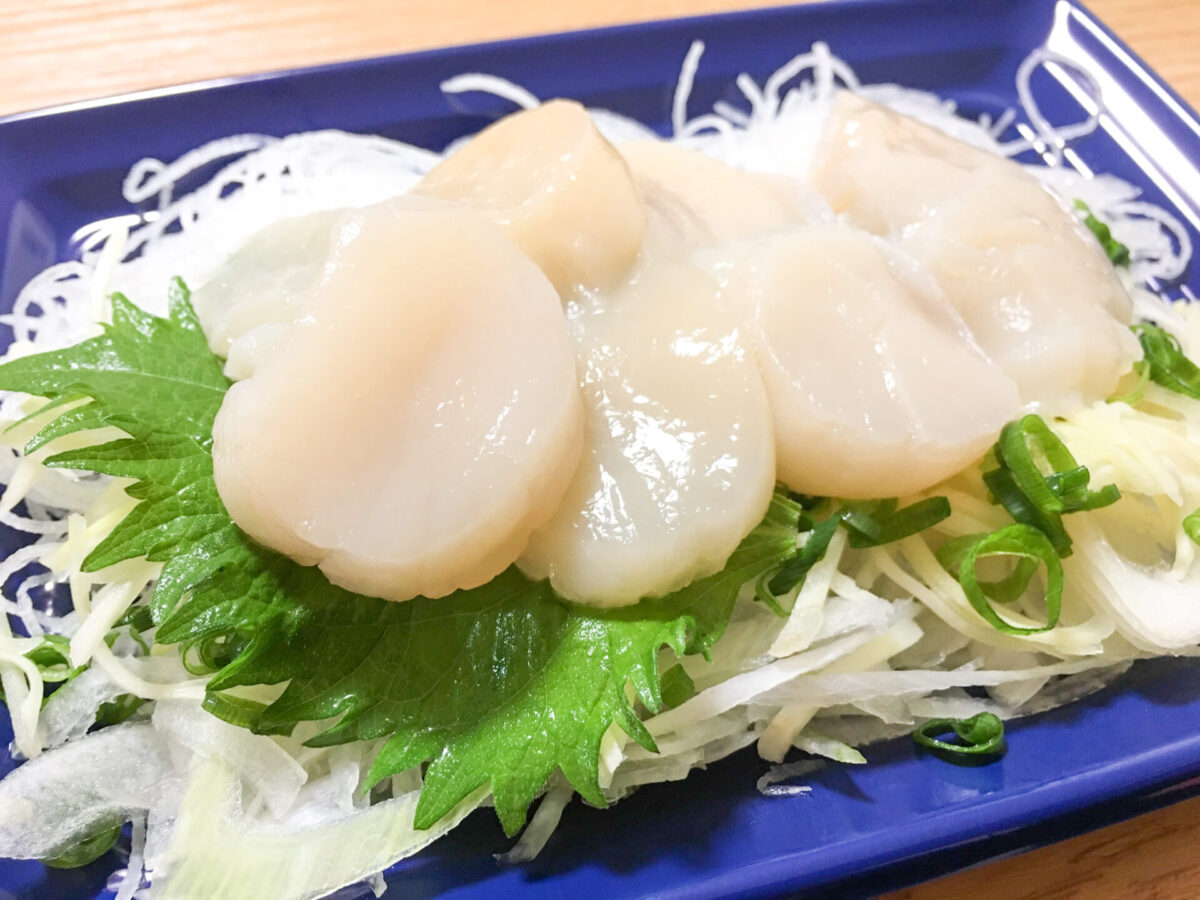
Scallops (hotate ホタテ) are a clam-like type of shellfish with white flesh inside a hard shell. Fresh scallops have a soft and tender texture and are very easy to chew compared to other, crunchier types of shellfish used for sashimi. They have a slightly sweet taste which might remind you of sweet shrimp, and the white meat is plumper than most other types of edible shellfish. Many Japanese restaurants serve scallops not only as sashimi, but also seared ones which have a different texture and taste. Even if you’re not a fan of raw shellfish, you should definitely give seared scallops a try! If you like other kinds of shellfish such as oysters, you will probably love scallops too.
